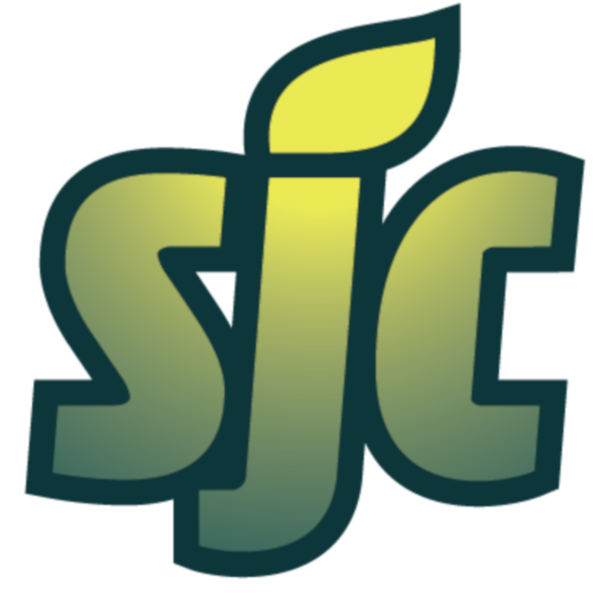Florist, Plant Shops & Nurseries
#1 Reduce water consumption
Use 55-gallon rainwater barrels that collect water from the greenhouse. The rainwater can be used before using city water to water earth boxes and plants. The use of drip irrigation can save over 25% of the water used in overhead irrigation and results in less fertilizer use and soil erosion. Irrigation & Stormwater can be collected through drainage pipes that feed into ponds for irrigating the property. Rain barrels buyers guide.
#2 Compost Plant waste
Compost all unsold plants or waste left over after creating flower arrangements. Reuse potted soil for future gardening. Community Compost Company collects waste and partners with compost facilities in the Hudson Valley to process the materials. Their soil products division, Hudson Soil Co., sells the finished compost in bags and bulk to garden centers, home gardeners, and landscaping companies. Community Compost.
#3 Reduce electricity usage
Use LED lighting in all buildings and install motion sensor lighting to eliminate the need to have lights on all night long, making energy usage more efficient. Use electric golf carts for employees to get around and batteries are charged by solar panels or through electric charging stations.
#4 Stormwater management
A property with native plants also requires less water and soil maintenance than one with non-natives. Green infrastructure manual.
#5 Community and employee wellness programs
Provide community gardens to feed the employees and their families while educating them in good nutrition and gardening programs.
#6 Replace hazardous pesticides, herbicides, etc., with natural methods/products
Use more sustainable materials that are less toxic to the environment for plant care.





